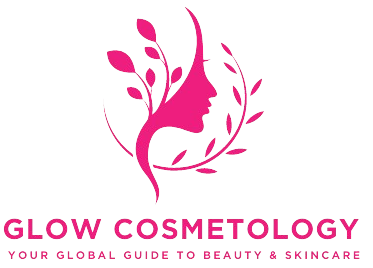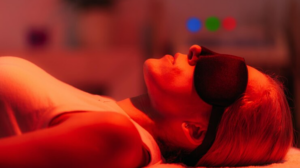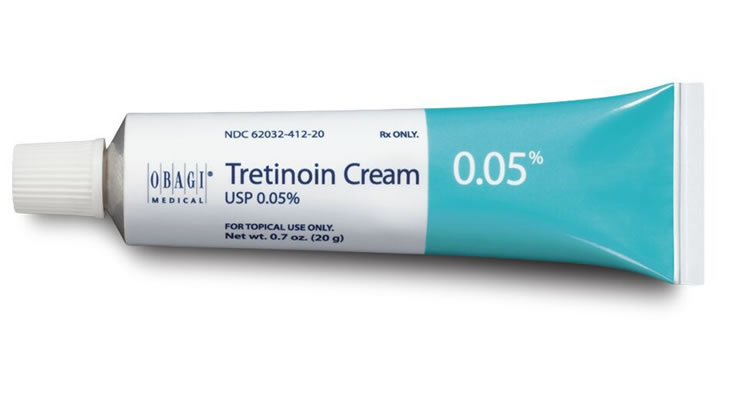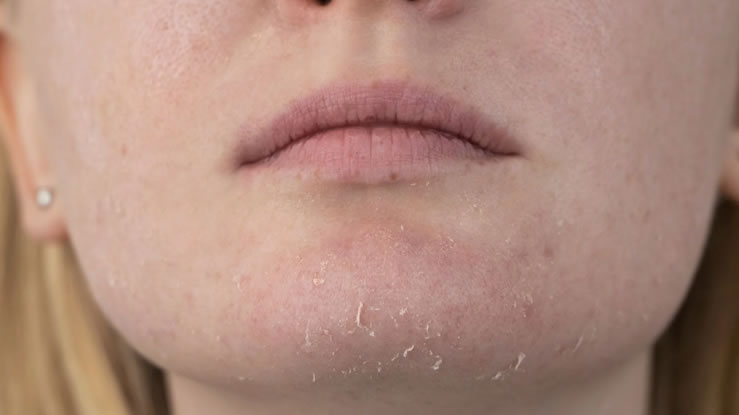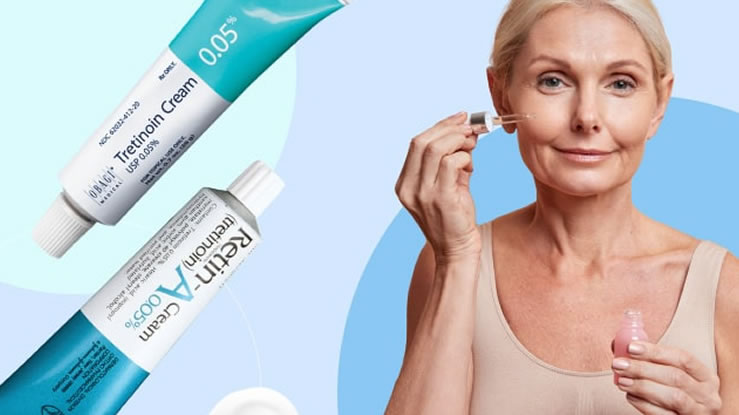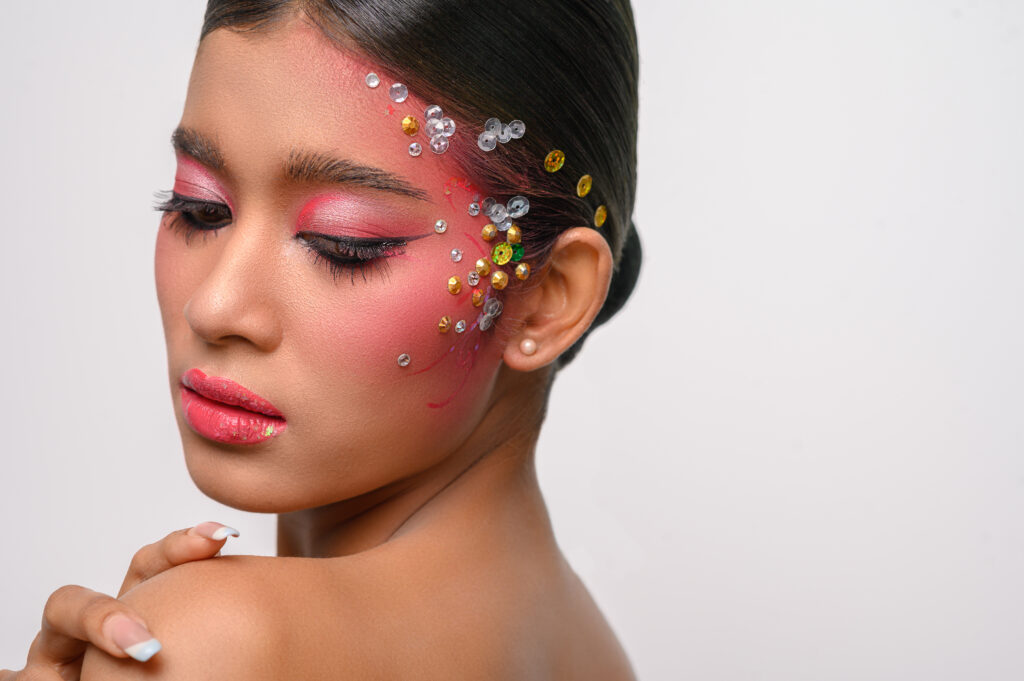Achieving clear and clean skin is a goal for many people, but it requires more than just a quick fix. Skincare involves a combination of good habits, effective products, and consistent routines tailored to your skin type. While genetics play a role in skin health, adopting the right practices can significantly improve the appearance and texture of your skin.
In this article, we’ll explore practical steps, effective skincare routines, product recommendations, lifestyle changes, and expert tips to help you achieve the radiant, clear skin you’ve always wanted.
Understanding Your Skin
Skin Types
Before diving into skincare solutions, it’s essential to know your skin type:
- Normal Skin: Balanced moisture and minimal issues.
- Oily Skin: Prone to excess sebum production and acne.
- Dry Skin: Lacks moisture, leading to flakiness and tightness.
- Combination Skin: A mix of oily and dry areas.
- Sensitive Skin: Easily irritated by products or environmental factors.
Identifying your skin type will guide you in choosing the right products and routines.
Common Skin Concerns
People often deal with issues such as acne, blackheads, whiteheads, hyperpigmentation, dryness, or oiliness. Clear and clean skin involves addressing these concerns while maintaining skin health.
Daily Skincare Routine for Clear and Clean Skin
A consistent skincare routine is the foundation of clear skin. Here’s a step-by-step guide:
1. Cleansing
Cleansing removes dirt, oil, and impurities that accumulate throughout the day. Use a gentle cleanser that suits your skin type:
- For oily skin, choose a foaming or gel cleanser.
- For dry or sensitive skin, opt for a hydrating or cream cleanser.
- For normal skin, a mild cleanser works best.
Tip: Wash your face twice a day—morning and evening. Over-cleansing can strip your skin of natural oils.
2. Exfoliation
Exfoliation removes dead skin cells and promotes cell turnover. Use a chemical exfoliant (like salicylic acid or glycolic acid) or a physical exfoliant with fine particles:
- Oily or acne-prone skin benefits from chemical exfoliation.
- Dry skin benefits from gentle, hydrating exfoliation.
Frequency: 1–3 times a week, depending on your skin’s tolerance.
3. Toning
Toners help balance your skin’s pH levels and prepare it for subsequent products. Look for toners with soothing ingredients like rose water or niacinamide.
4. Moisturizing
Hydration is key, regardless of your skin type. Use a lightweight, oil-free moisturizer for oily skin, and a richer, cream-based formula for dry skin.
5. Sunscreen
Never skip sunscreen. UV damage is a leading cause of premature aging and dark spots. Use a broad-spectrum sunscreen with SPF 30 or higher every day.
Weekly Treatments for Clearer Skin
1. Face Masks
Incorporate face masks into your routine to target specific concerns:
- Clay masks for oily or acne-prone skin.
- Hydrating masks for dry skin.
- Brightening masks with vitamin C for uneven tone.
2. Spot Treatments
For acne or blemishes, use spot treatments containing benzoyl peroxide, tea tree oil, or salicylic acid.
3. Serums
Serums are potent products that address particular skin issues:
- Vitamin C serum brightens and evens skin tone.
- Hyaluronic acid boosts hydration.
- Retinol reduces fine lines and acne.
Lifestyle Changes for Clear Skin
Clear skin doesn’t rely solely on skincare products. Your overall lifestyle plays a critical role:
1. Healthy Diet
- Hydration: Drink at least 8 glasses of water daily to flush toxins.
- Antioxidant-rich foods: Include fruits and vegetables like berries, spinach, and carrots.
- Healthy fats: Omega-3 fatty acids in fish, nuts, and seeds help maintain skin elasticity.
- Avoid sugar and processed foods: These can trigger breakouts.
2. Stress Management
Stress increases cortisol levels, which can lead to acne. Practice stress-reducing activities like yoga, meditation, or exercise.
3. Sleep Hygiene
Lack of sleep affects your skin’s repair process. Aim for 7–9 hours of quality sleep each night.
4. Regular Exercise
Exercise improves circulation, delivering nutrients to your skin and giving it a healthy glow. Always cleanse your face after sweating.
Skincare Ingredients to Look For
When choosing products, look for ingredients backed by science:
- Niacinamide: Reduces redness and regulates oil production.
- Salicylic Acid: Penetrates pores to treat acne.
- Hyaluronic Acid: Provides intense hydration.
- Vitamin C: Brightens skin and fights free radicals.
- Retinoids: Reduce wrinkles and prevent breakouts.
What to Avoid for Clear Skin
1. Harsh Scrubs
Over-exfoliating with harsh scrubs can damage your skin barrier and cause irritation.
2. Alcohol-Based Products
Alcohol dries out your skin, leading to increased oil production and breakouts.
3. Pore-Clogging Ingredients
Check labels for non-comedogenic products to avoid clogged pores.
4. Picking at Pimples
Touching or popping pimples can lead to scarring and worsen inflammation.
Myths About Clear Skin
There are many misconceptions about achieving clear skin. Let’s debunk some of them:
- Myth 1: You need expensive products for clear skin.
Truth: Affordable, effective products often work just as well as luxury brands. - Myth 2: Drinking water alone clears your skin.
Truth: While hydration is essential, it must be combined with other skincare practices. - Myth 3: You shouldn’t moisturize if you have oily skin.
Truth: Skipping moisturizer can cause your skin to produce more oil.
Expert Tips for Radiant Skin
- Double cleanse if you wear makeup or sunscreen to ensure all residue is removed.
- Don’t forget your neck and décolletage during your skincare routine.
- Use lukewarm water when washing your face; hot water can strip essential oils.
- Patch-test new products to avoid adverse reactions.
- Be consistent—skincare results take time.
FAQs
1. How long does it take to see results?
Results vary depending on your skin type and routine. Most people notice improvements within 4–6 weeks of consistent care.
2. Can diet really impact skin health?
Yes, diet plays a significant role. Foods rich in vitamins and antioxidants can promote clear skin, while sugary and greasy foods can trigger breakouts.
3. Should I visit a dermatologist?
If you have persistent skin issues like severe acne or eczema, consult a dermatologist for personalized advice and treatments.
Clear and clean skin is achievable with the right combination of skincare products, consistent routines, and healthy lifestyle habits. Remember, everyone’s skin is unique, so it may take some time to discover what works best for you. Focus on maintaining a routine that prioritizes cleansing, moisturizing, and sun protection, and don’t forget the importance of nutrition and stress management.
By implementing these strategies, you’ll be well on your way to achieving the glowing, clear skin you’ve always dreamed of.
You Might Like;
